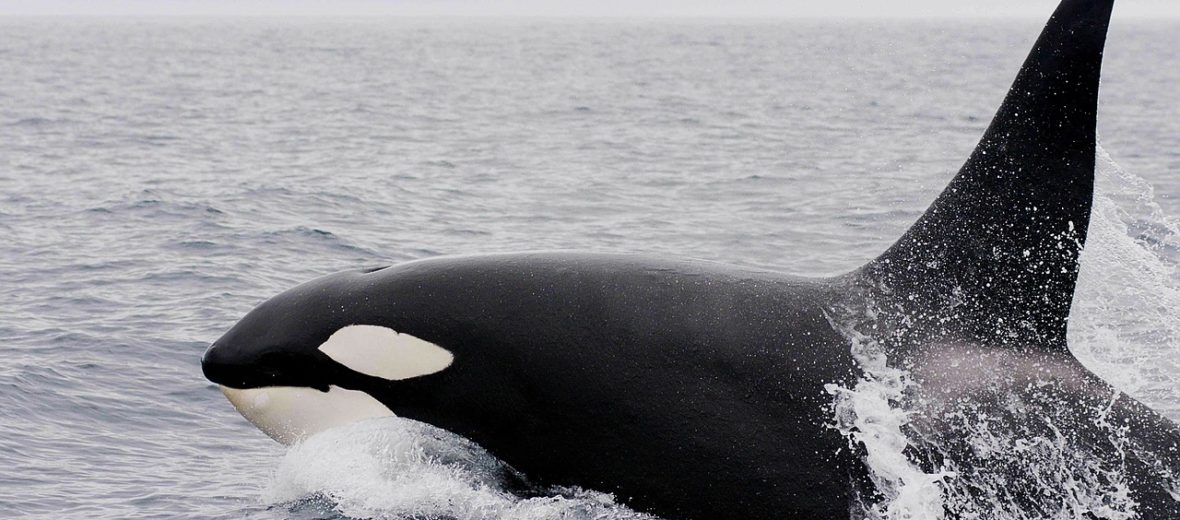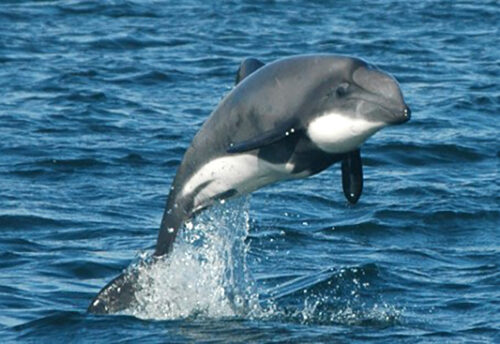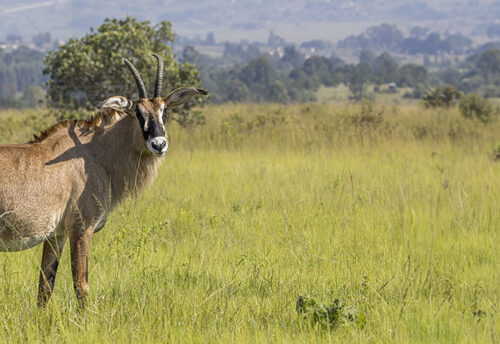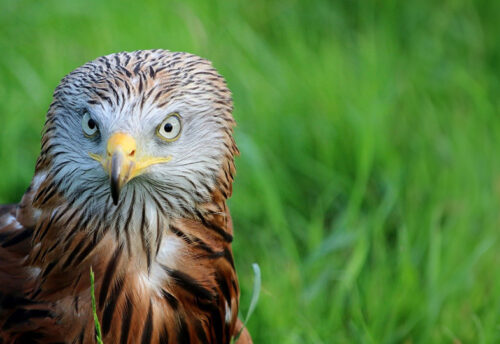
The orca, or killer whale are not only the top predators on the open seas, but they are magnificent in appearance and highly intelligent. For instance, in orca populations, knowledge is passed down to younger individuals from their elders – what to eat and were to find it, how to catch it, who to avoid, vocalizations and calls unique to pods and family groups, and the distinct ‘accent’ of the population. Read on to find out more about these amazing beasts.
First the stats…
Scientific name: Orcinus orca
Weight: Up to 12,000 lbs.
Length: Up to 26 feet
Lifespan: Up to 29 years
Now the facts…
1.) Orcas can have a dorsal fin up to 5.9 feet tall!
2.) Orcas are apex predators, at the top of the food chain. No other animals (except for humans) hunt orcas. Killer whales feed on sea birds, squid, octopuses, sea turtles, sharks, rays, and fish. They also eat most marine mammals, such as seals, sea lions, whales, and dugongs.
3.) Orcas use many different techniques to catch prey. Sometimes they beach themselves to catch seals on land, meaning they jump from the water onto land. Orcas will also work together to catch larger prey or groups of prey such as schools of fish.
4.) A female killer whale will give birth every three to 10 years, to one offspring at a time. The gestation period usually lasts for around 17 months. A baby orca is called a calf, and they are about 8.5 feet long and 265 – 353 lbs. at birth.
5.) Orcas are highly intelligent, highly adaptable and able to communicate and coordinate hunting tactics.
But wait, there’s more on the orca!
6.) They are extremely fast swimmers and have been recorded at speeds of up to 33.5 mph! A wild orca pod can cover over 100 miles a day, foraging and socializing.
Did You Know?
Many orcas live with their mothers for their entire lives! Talk about a mama’s boy… or girl.
7.) Orcas never fall into a deep sleep, like humans do. They actually let 1 half of their brains fall asleep and close one eye while the other eye is open and the other half of their brain is awake. If they don’t do this, they will stop breathing and drown.
8.) Orcas have also been known to hunt great white sharks for their livers!
9.) Orca gestation is 13 to 16 months. A calf is born in autumn weighing almost 400 lbs. and measuring up to seven feet in length.
10.) Orcas’ teeth, numbering about 45 and each measuring about 3 inches long, are shaped for ripping and tearing prey. Orcas do not chew their food. They can swallow small seals and sea lions whole.
But wait, there’s still more on the orca!
11.) Like dolphins, orcas use echolocation (bouncing sound off of objects to determine their location) to hunt and use a series of high-pitched clicks to stun prey.
12.) Orcas are found in oceans worldwide. They are most abundant in the Arctic and Antarctic and in areas of cold-water upwelling.
13.) Their large bodies are streamlined (hydrodynamic), like a submarine, for moving through the water. Whales have flukes or a tail used for swimming. The flukes are moved in an up-and-down motion to accelerate. The dorsal fin acts like the keel of a boat; it keeps the whale from rolling side to side while swimming. Whales have pectoral flippers just behind the head. These pectoral flippers are used for steering, turning, and stopping.
14.) Whales have lungs they use to get the oxygen they need by breathing air (like humans). But instead of breathing through their mouth, they breathe through their nostrils, called blowholes, located on top of their heads. They can easily breathe through the blowhole without lifting their entire head out of the water.
15.) An orca not belonging to a pod is called a transient.



